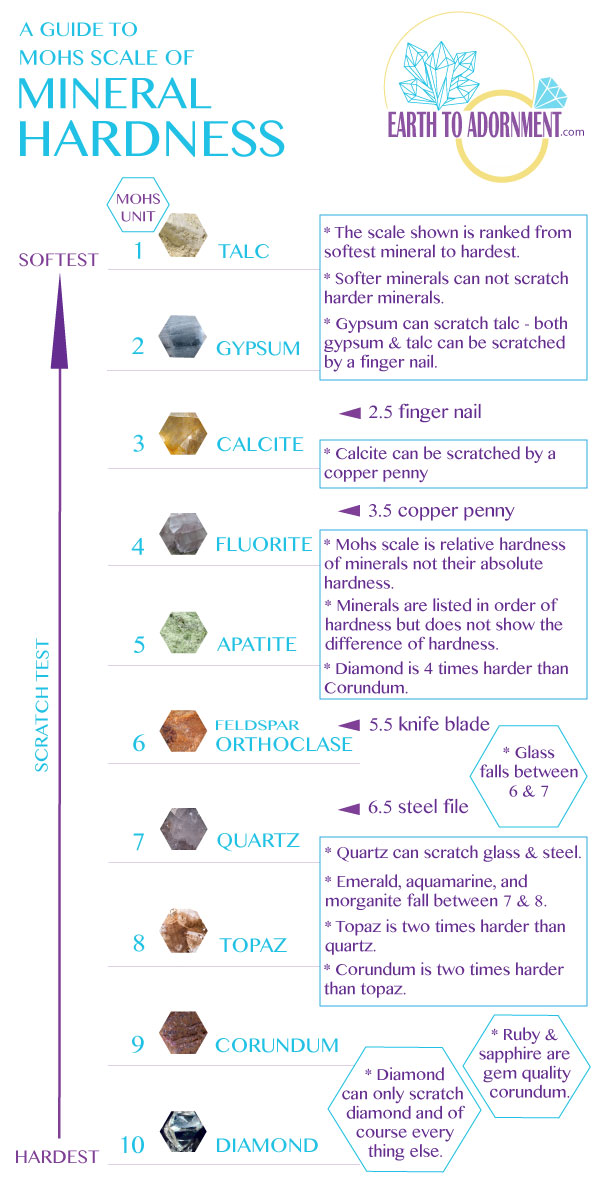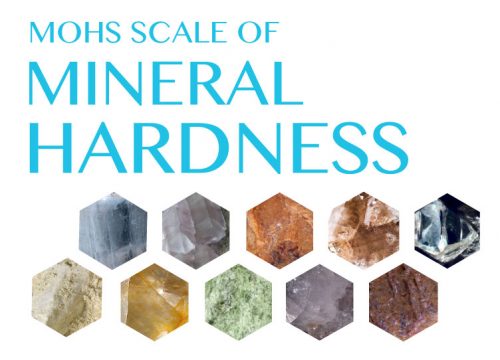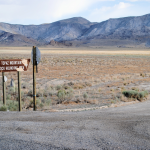How Hard Is It Really And Who Was That Guy Friedrich Mohs
Are you familiar with the Mohs scale of mineral hardness?
Whether you are just learning or want to dig a little deeper you can learn all you need to know right here. Lets start with the german mineralogist Friedrich Mohs (1739-1832).
Don’t care who Mr. Mohs is? Thats ok – you jump to Mohs Scale info here.
Who Was That Guy Friedrich Mohs?
Friedrich Mohs was a well educated man of his time. He studied physics, chemistry, and later mineralogy at the mining academy in Freiburg, Germany.
One of the most famous Earth scientists Abraham Werner was his professor. Werner’s influence led to Friedrich’s life long passion for studying minerals.
Friedrich took over the professorship at Freiburg after the passing of his predecessor. Mohs taught and worked with various mining companies and mineral collectors throughout his career.
Friedrich Mohs was an avid traveler. He made many notable friends in the field of geology. Mohs was employed to create a systematic classification of a Viennese bankers mineral collection. This project led to the creation of Mohs scale of mineral hardness.
Chemical composition is the most common way to classify minerals. Mohs was not satisfied with this approach. Taking a simpler route he grouped minerals based on common physical properties.
Mohs developed a scratch test to determine the relative hardness of minerals. He grouped 10 common minerals from softest talc to hardest diamond. You must compare two minerals to perform the scratch test.
You can either use minerals to scratch test other minerals or other items like your finger nail, copper penny or a Mohs test kit.
Talc is the softest mineral and can not scratch other minerals – you can scratch it with a fingernail. Gypsum can scratch talc. A copper penny can scratch calcite. Diamond is the hardest mineral it can scratch all other minerals. Diamond can only scratch itself.
What Is The Mohs Scale of Mineral Hardness?
The scale is the relative hardness of minerals. It lists minerals in order of hardness. It does not show the absolute hardness or how hard a mineral is. For example Diamond is harder than corundum. Mohs scale does not show that diamond is actually four times harder than corundum.
| 1 | Talc |
| 2 | Gypsum |
| 3 | Calcite |
| 4 | Fluorite |
| 5 | Apatite |
| 6 | Orthoclase (Feldspar) |
| 7 | Quartz |
| 8 | Topaz |
| 9 | Corundum |
| 10 | Diamond |
Mineral collectors and rockhounds still depend on the Mohs scale today. There are over 4000 known minerals and more identified every year. Bring a pocket knife, penny and nail when collecting minerals so you can test in the field.
You can also buy a mohs test kit which usually includes a pick set with a hardness range from 2-9. (it does not include diamond for obvious reasons.
Want a visual reference? You got it. Check out our Mohs Scale of Mineral Hardness Guide below.









He has a amazing invention I get to try the Mohs scale when I was in 4th grade and I always collect minerals and idenify them.